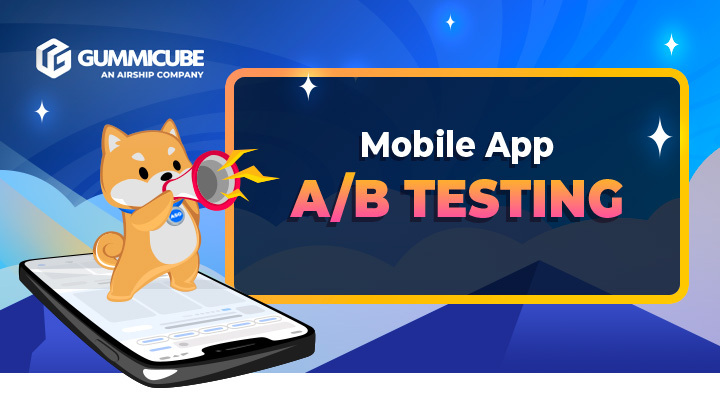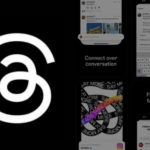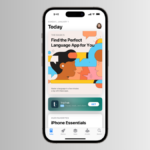App Store Optimization (ASO) places great importance on metadata and creative optimization with the objective of increasing app visibility and conversions. While crucial, there are more strategies that allow us to continuously and simultaneously test different app marketing approaches.
If you’ve ever wondered how effective your current ASO strategy is or if there are ways to continuously enhance users’ app store experience, you’re not alone. The discussions around ASO often focus on regular updates applied to keyword strategy and creative assets. However, it can be difficult to identify which elements to modify and how exactly to modify them.
So how can you consistently test new app listing combinations to fine-tune your ASO strategy without completely overhauling your current listing? The answer lies in A/B testing.
Mobile App A/B Testing
A/B testing, also known as split testing, is a critical part of App Store Optimization. It allows you to test different elements of your app listing, from metadata assets to creative ones. Currently, leveraging A/B testing tools like Apple’s Product Page Optimization or Google’s Play Store Listing Experiments helps you test various assets of your product page without having to constantly deploy new builds.
Whether your app is in the pre-launch phase or already established, mobile A/B testing platforms are invaluable for identifying winning strategies and improving your app marketing approach over time.
To ensure effective A/B testing, it’s important to follow some recommended best practices:
- Conduct App A/B Tests With a Control Group – Don’t make changes to your app listing without a data-driven reason. Analyze the feedback and performance based on each iteration to help guide you to make the best decision when adjusting different metadata and creative assets.
- Identify Your App A/B Testing Objectives – Are you promoting a new feature? Testing a new app icon? Changing your tone of voice? It’s important to consider what your main goal is when launching an app A/B test to adjust your ASO strategy accordingly. This will help you determine which elements should be edited, for how long your A/B test should run, and which group of your audience to target.
- Understand App Store & Play Store Testing Limitations – Understand what these platforms can and cannot do, such as limitations in traffic sources, simultaneous multivariate testing, international testing, and other differences. This will help you determine if you need to combine other marketing initiatives to understand the results from your A/B testing.
- Plan & Launch Different App Iterations – User behavior trends and competitive environments are constantly evolving, so optimizing your app frequently and planning for future changes is essential. ASO is an ongoing process that adapts to current and potential market trends.
- Use A/B Test Results To Adjust Your App Marketing – Your A/B tests can be used to support a variety of different app marketing initiatives. Considering how you will implement your A/B testing results to your main app listing can help your paid marketing campaigns as well as your organic strategy.
- Consider an ASO Tool – While Apple and Google’s native A/B testing platforms allow developers to test different strategies directly in their own ecosystem, they come with limitations. Apple’s PPO only allows for creative asset testing while Play Store Listing Experiments allow for creative and description testing, but not title testing. Using an external ASO tool that provides a more comprehensive approach may open the doors to even more A/B testing opportunities, letting you edit additional assets on your app listing
Get Started With Your App A/B Testing
Following these best practices will help you leverage A/B testing to pinpoint the ASO strategies that yield the best results. Mobile app A/B testing is a data-driven strategy that provides valuable insights into the current and potential performance of different elements in your app listing. Using the opportunities provided by native and external A/B testing tools can help enhance your ASO and improve your app visibility and conversions in the long run.
If you want to learn more about App Store Optimization, you can contact Gummicube to kickstart your app A/B testing journey.







Comments
Loading…